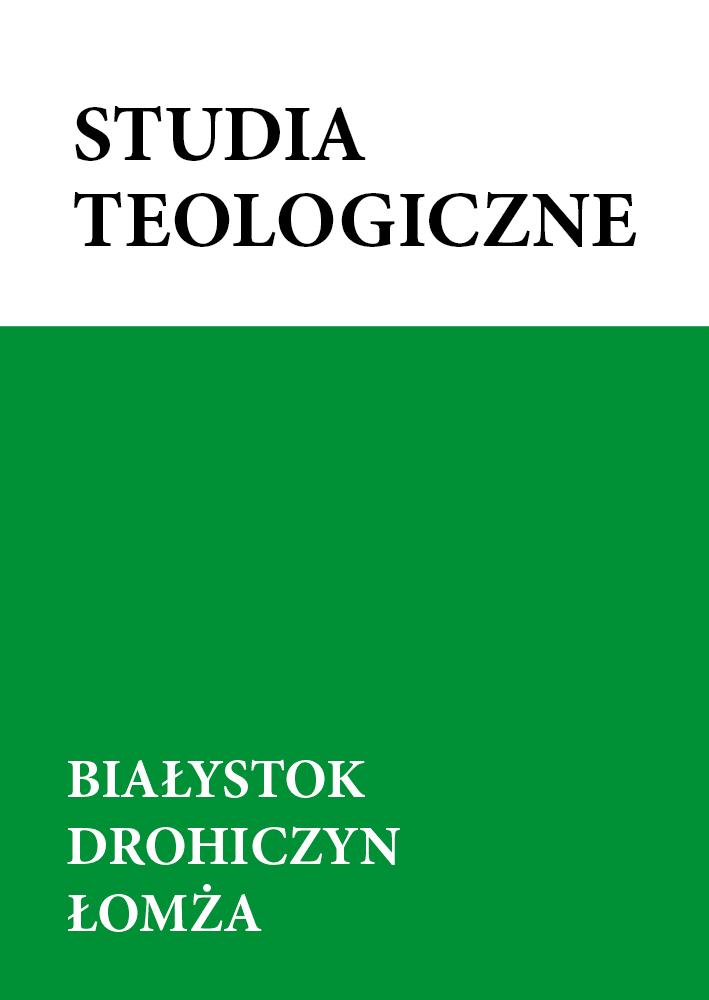Teologia obrazów i przestrzeni cerkwi św. Nikity Męczennika w Kostomłotach
The Theology of Icons and Space of the Neo-Unitarian Orthodox Church in Kostomłoty
Author(s): Radosław KimszaSubject(s): Architecture, History of Church(es), Visual Arts, Eastern Orthodoxy
Published by: Kuria Metropolitalna Białostocka
Summary/Abstract: The village of Kostomłoty lies in Podlasie region, near Terespol. Its beginnings are likely to go back to the 11th century, but its history was first written after 1412 by the Augustinian hermit monks, who settled here at the time following a land donation to the monastery at Brześć Litewski by the Lithuanian Prince Witold, and by the members of the Sapieha family (the Kodeń line) who acquired part of the Kostomłoty estate from the local gentry and ruled it until the beginning of the 19th century. The monks themselves resided in Kostomłoty until the beginning of the 19th century, when the monastery was confiscated by the Austrians. The paper will concern the main monument of ecclesiastical architecture in Kostomłoty – the wooden neo-Unitarian orthodox church, built in 1631, containing 19th-century iconostas. Some important icons will also be considered, namely the images of St. Nikita (the patron-saint of the church) of 1631, the Virgin with Child, Deesis, and Christ Pantocrator (mid 17thcentury). The monuments will be discussed in the context of the theological principles defining the architecture of the church and the icons it contains. It will be therefore an attempt to grasp the essential meanings of the Kostomłoty church as they appear in visual form.
Journal: Studia Teologiczne Białystok Drohiczyn Łomża
- Issue Year: 28/2010
- Issue No: 1
- Page Range: 255-264
- Page Count: 10
- Language: Polish

